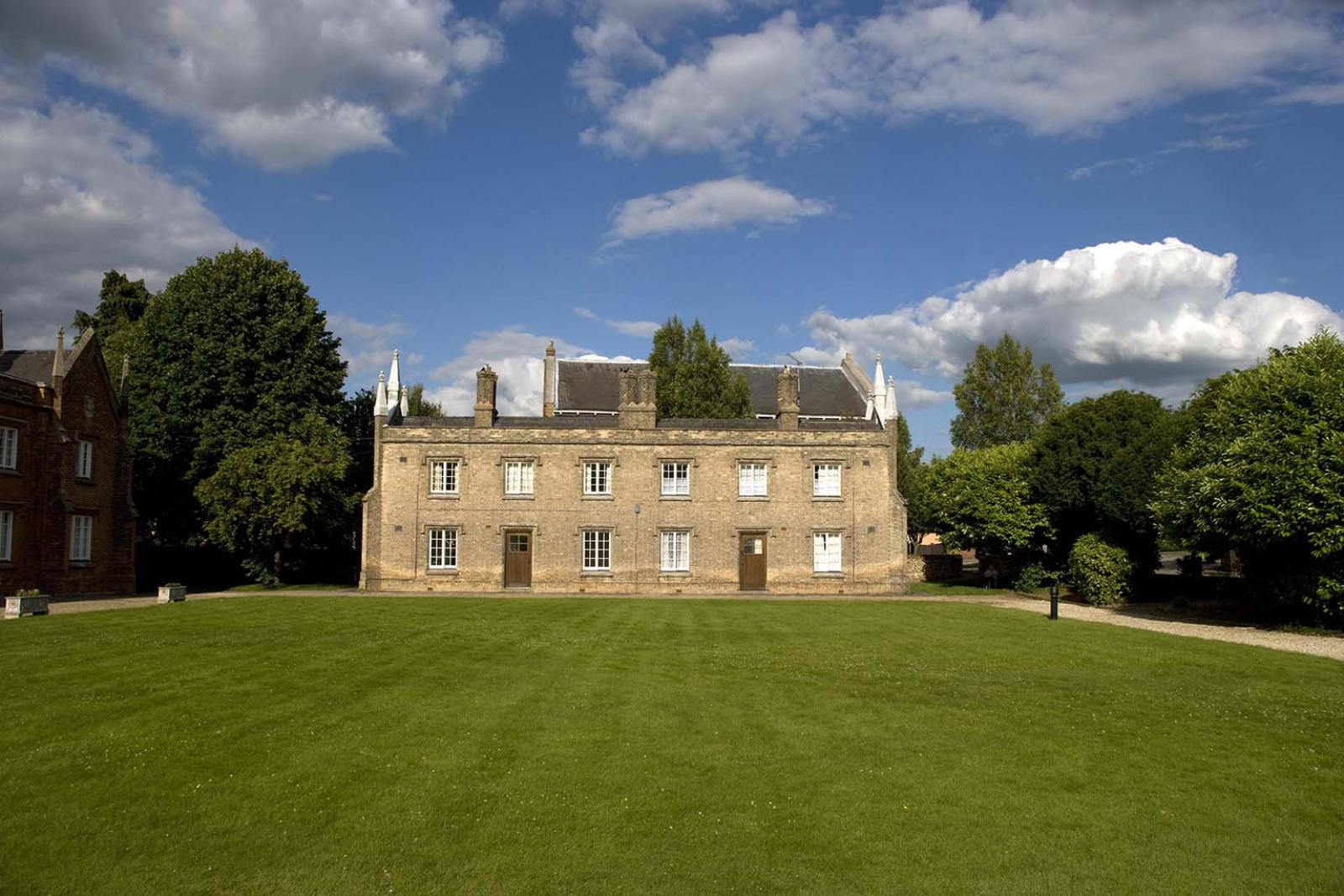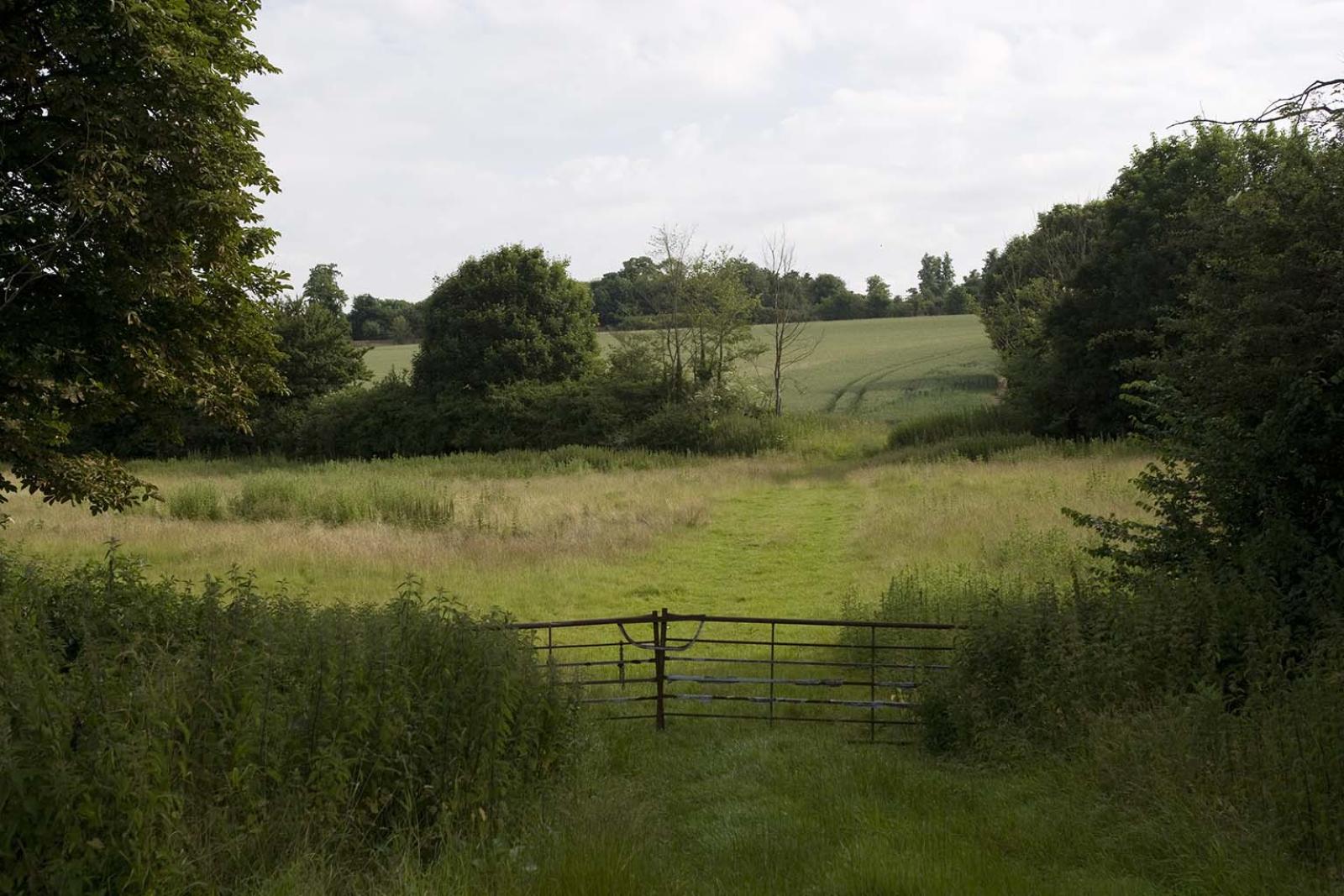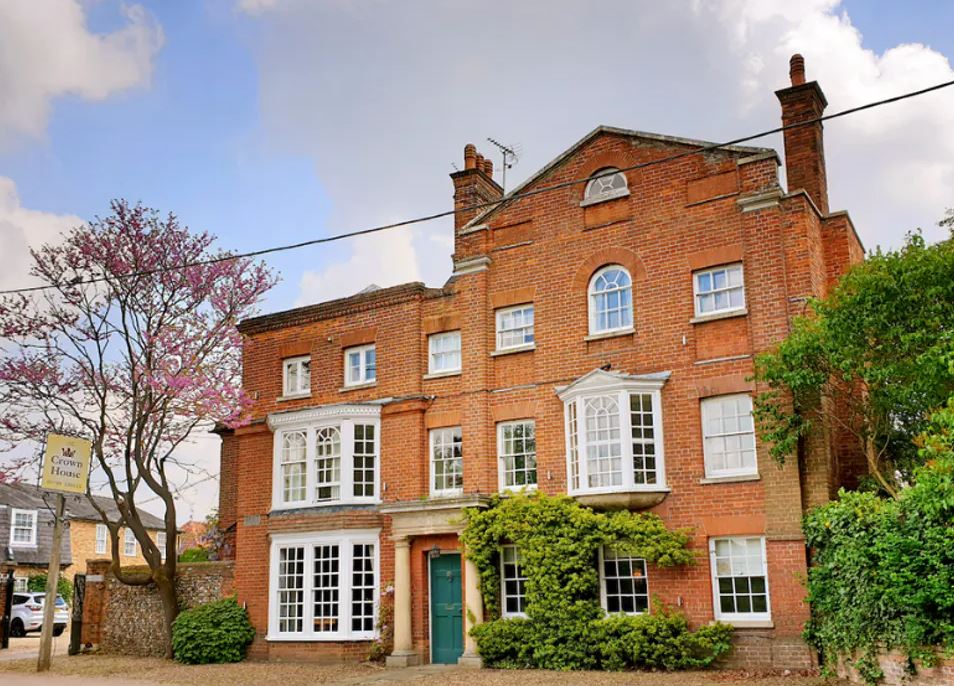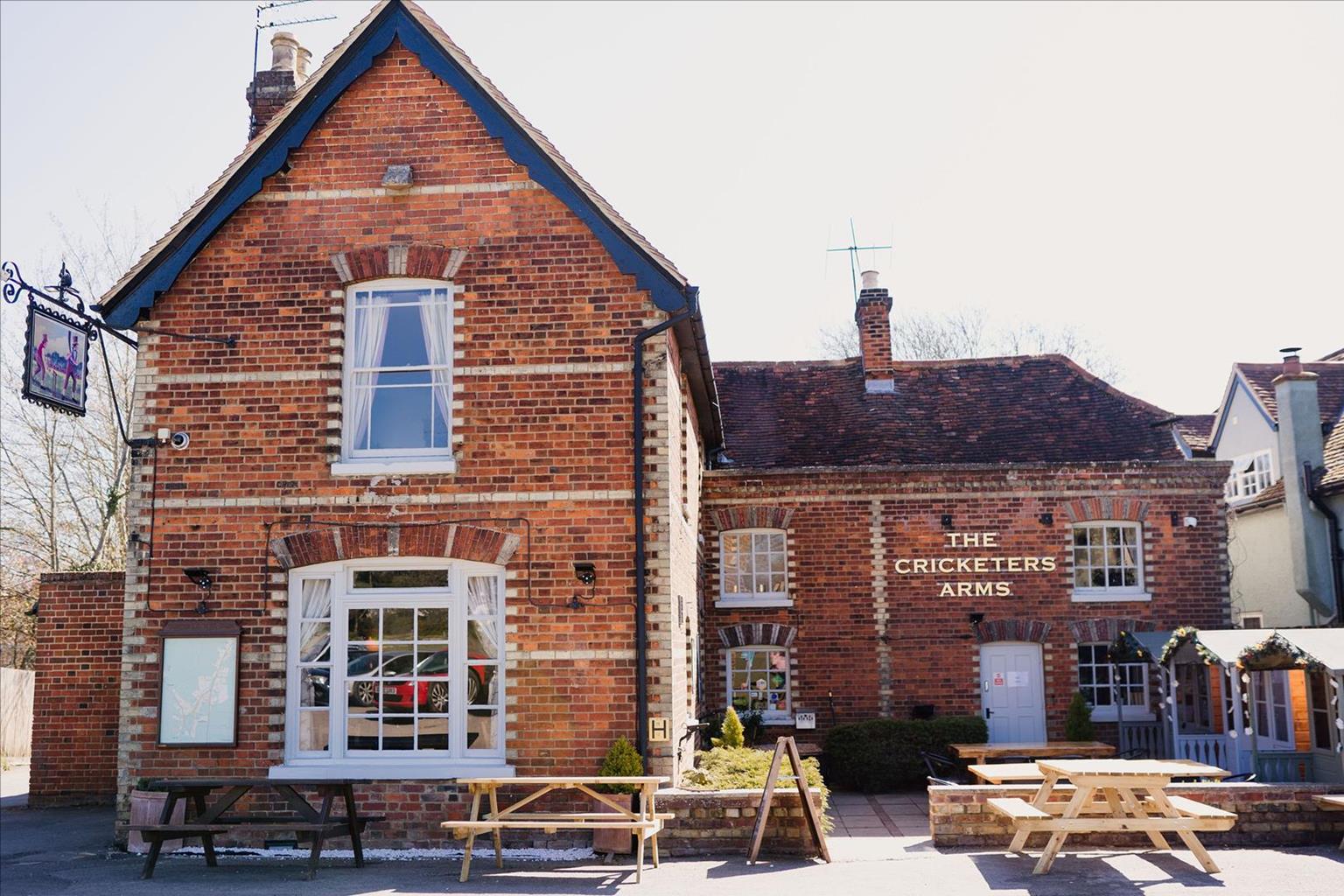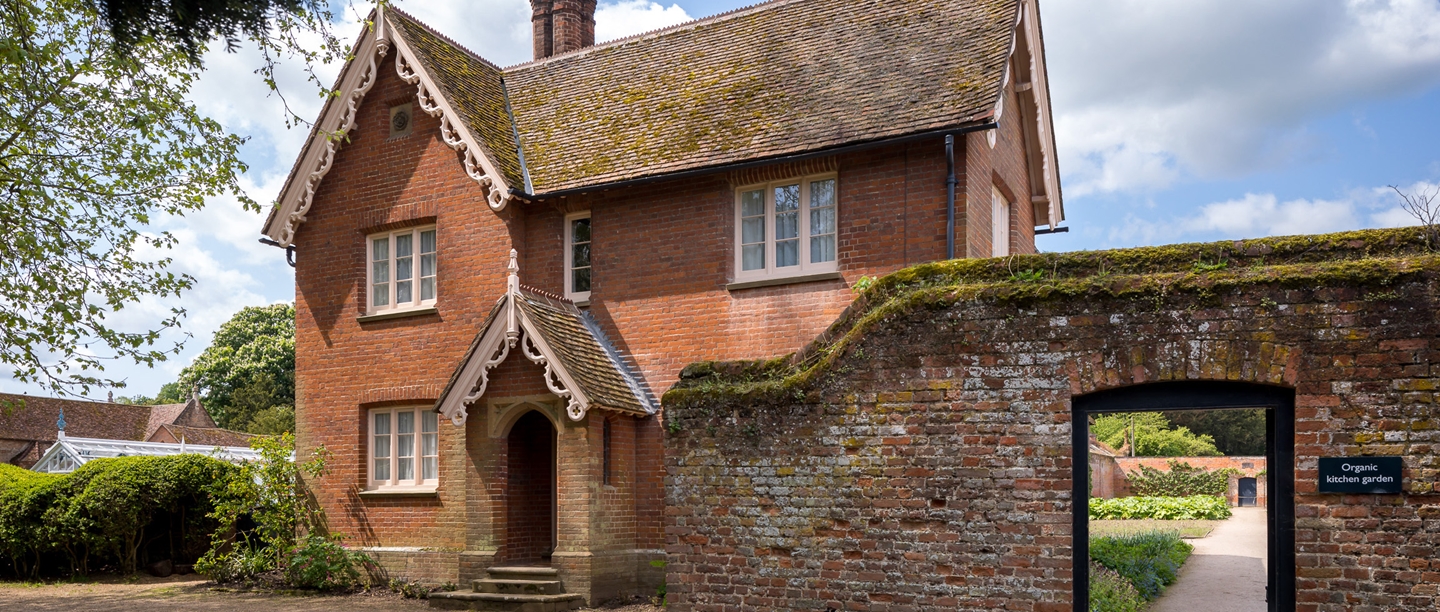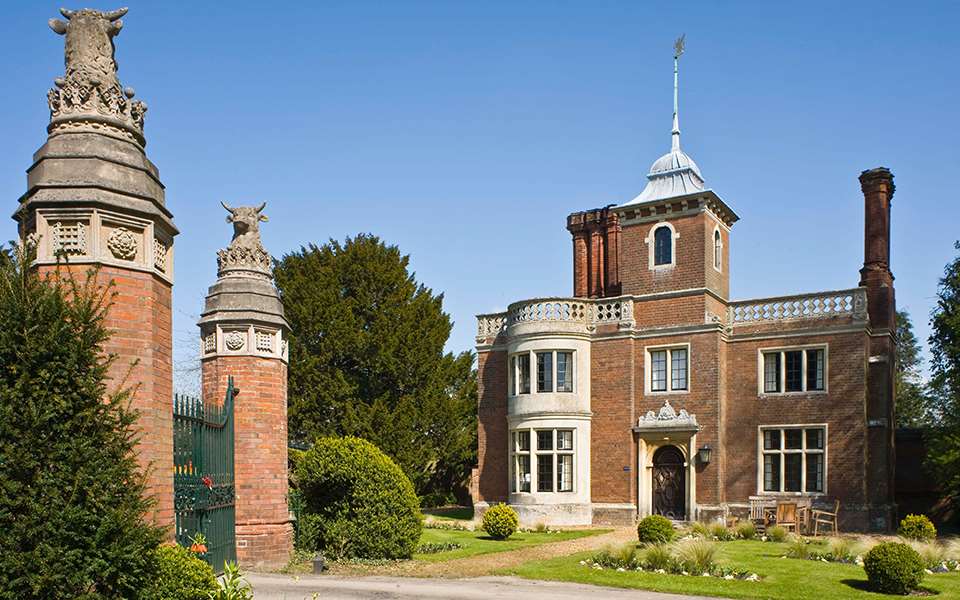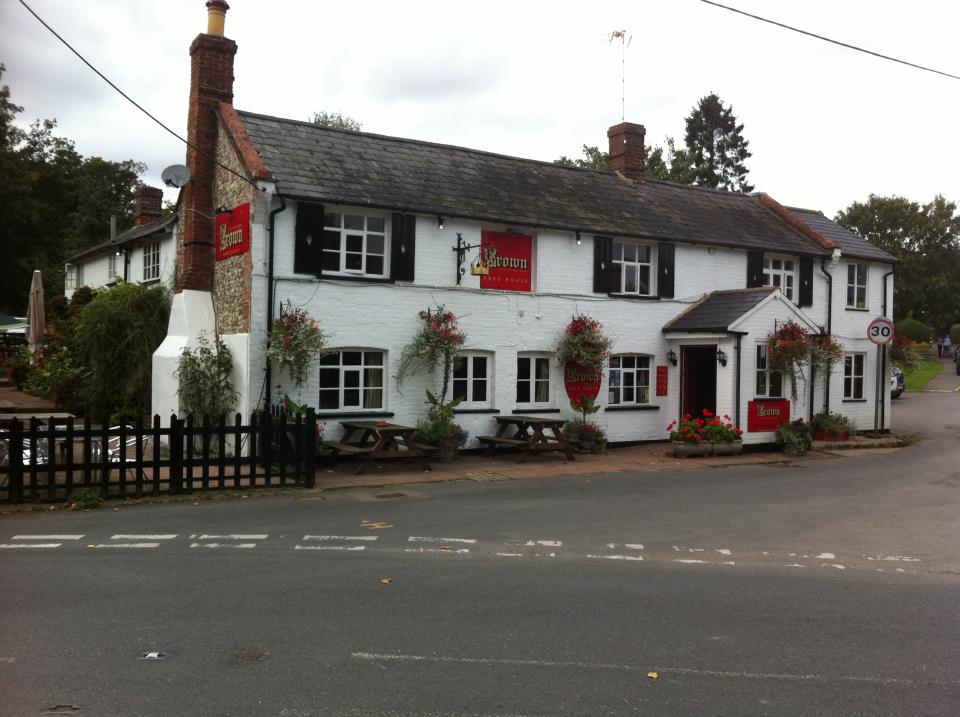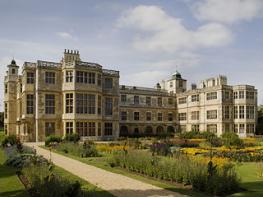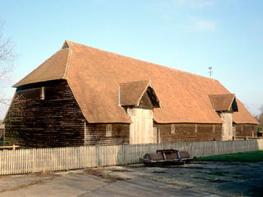An idyllic and romantic, heavily beamed 15th-century cottage situated in the heart of the…
From Saffron Walden to Audley End

A fairly challenging walk along part of the Harcamlow Way
5.5 miles (8.8kms)
About the walk
Saffron Walden is a picturesque medieval town. Originally known as Walden, meaning 'valley of the Welsh' (i.e. Britons), the town's distinctive prefix was added in the 15th century when many parts of northwest Essex began growing the saffron crocus and the town became a centre of trade for saffron. Every autumn the flowers were picked by hand and brought to the town where the chive, or stigma, was removed, dried and then sold. Saffron was mainly used for dyeing, although a few Waldenians seem to have used it as a spice or medicine. By the early 1700s saffron production fell into decline, mainly because of cheaper imports from Spain and the Middle East. However, the saffron flower symbol can be seen on the decorative pargeting (plasterwork) on the Old Sun Inn in Church Street, inside the parish church and on the coat-of-arms on the Town Hall.
On this walk you can imagine what the surrounding countryside to the west of Saffron Walden must have looked like when it was covered with crocus blooms. The route passes the Edward VI almshouses (1834), which provided homes for the poor, and continues along Abbey Lane to enter the wrought-iron gates of Audley End Park. This great park extends from Saffron Walden to the Cambridge road and Audley End House.
Historic house and fine parkland
Audley End House stands on the site of the former Benedictine monastery of Walden Abbey, granted to Sir Thomas Audley in 1538 by Henry VIII. It was used as a private residence but demolished and rebuilt by his grandson, Thomas Howard, 1st Earl of Suffolk, as a much grander mansion for entertaining James I. A story tells that Thomas Howard lied to the King, saying he had spent £200,000 on creating the house, and that the King had unwittingly contributed to the cost. In 1619 both Howard and his wife were locked up in the Tower of London for fraud, but payment of a huge fine set them free. Seven years later, Howard died in disgrace at Audley End. Today the house is a third of its original size but it is still very grand, and managed by English Heritage.
Walk directions
From Swan Meadow car park follow the 'town centre' sign into Park Lane, turning right to go through a small archway of the almshouses. Turn right into Abbey Lane, and go through the wrought-iron gates of Audley End Park. Maintain direction along the grassy path to the top of the hill, and exit via another set of wrought-iron gates, to Audley End Road.
Turn right along the embankment and go downhill for 600yds (549m), keeping the red-brick wall of Audley End Park on your right, until you reach the fingerpost marked 'College of St Mark'. Cross the road and turn left to Audley End village.
Cross the bridge and turn left at the lane marked 'Abbey Farm private'. Continue along this footpath, keeping St Mark's College, followed by the farm, to your right. Maintain direction along the concrete drive, cross Wenden Road and go through trees to join Beechy Ride (track). Keep the stream and line of beech trees to your right for 200yds (183m), until you cross the earth bridge between the trees, and continue with the stream and trees to your left to the B1052. Cross the road with care, and continue along the footpath opposite, along the edge of a field with the stream on your left. At the earth bridge turn left and immediately right, so that the stream is now on your right.
Follow the field-edge path until it abuts Brakey Ley Wood, and ignore the three sets of waymarks indicating right turns. At the fourth waymark, continue along the field-edge path to Debden Road.
Turn right at Debden Road and, opposite The Roos, turn left onto a byway and then immediately left along the uphill path. Bear left at Herberts Farm, and left again to rejoin Debden Road. Turn right towards Claypits Plantation and maintain direction into Seven Devil Lane. Follow this for 0.5 miles (800m) to the road.
Turn right on the B1052 towards Saffron Walden. At the roundabout bear left across the road and follow the footpath between houses, later passing a deep ditch on the left, which is part of an ancient defence system. At the end of the path turn right into Abbey Lane and the car park.
Additional information
Urban, field-edge, grassy tracks
Downland, arable farmland, grassy meadow and woodland
Mostly on lead
OS Explorer 195 Braintree & Saffron Walden
Long-stay at Swan Meadow
Hill Street
WALKING IN SAFETY
Read our tips to look after yourself and the environment when following this walk.
Find out more
Also in the area
About the area
Discover Essex
Essex is full of pleasant surprises. It has the largest coastline of any county in England, with its fair share of castles, royal connections and scenic valleys. Take Colchester, for example, which was built by the Romans and is Britain’s oldest recorded town. Its castle contains the country’s largest Norman keep and yet, a stone’s throw from here, East Anglia’s newest arts centre promises to put Colchester firmly on the map as Essex’s capital of culture.
Tidal estuaries are plentiful and their mudflats offer migrating birds a winter feeding place. Essex was known as the land of the East Saxons and for centuries people from all over Europe settled here, each wave leaving its own distinctive cultural and social mark on the landscape. Walking a little off the beaten track will lead you to the rural retreats of deepest Essex, while all over the county there are ancient monuments to explore:
- the great Waltham Abbey
- Greensted, thought to be the oldest wooden church in the world
- the delightful village of Pleshey has one of the finest examples of a former motte-and-bailey castle
- Hedingham Castle, magnificently preserved and dating from the 11th century.
Nearby stays
Restaurants and Pubs
Nearby experiences
Recommended things to do
Why choose Rated Trips?
Your trusted guide to rated places across the UK
The best coverage
Discover more than 15,000 professionally rated places to stay, eat and visit from across the UK and Ireland.
Quality assured
Choose a place to stay safe in the knowledge that it has been expertly assessed by trained assessors.
Plan your next trip
Search by location or the type of place you're visiting to find your next ideal holiday experience.
Travel inspiration
Read our articles, city guides and recommended things to do for inspiration. We're here to help you explore the UK.
